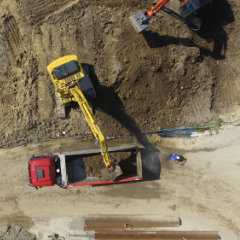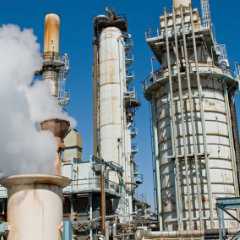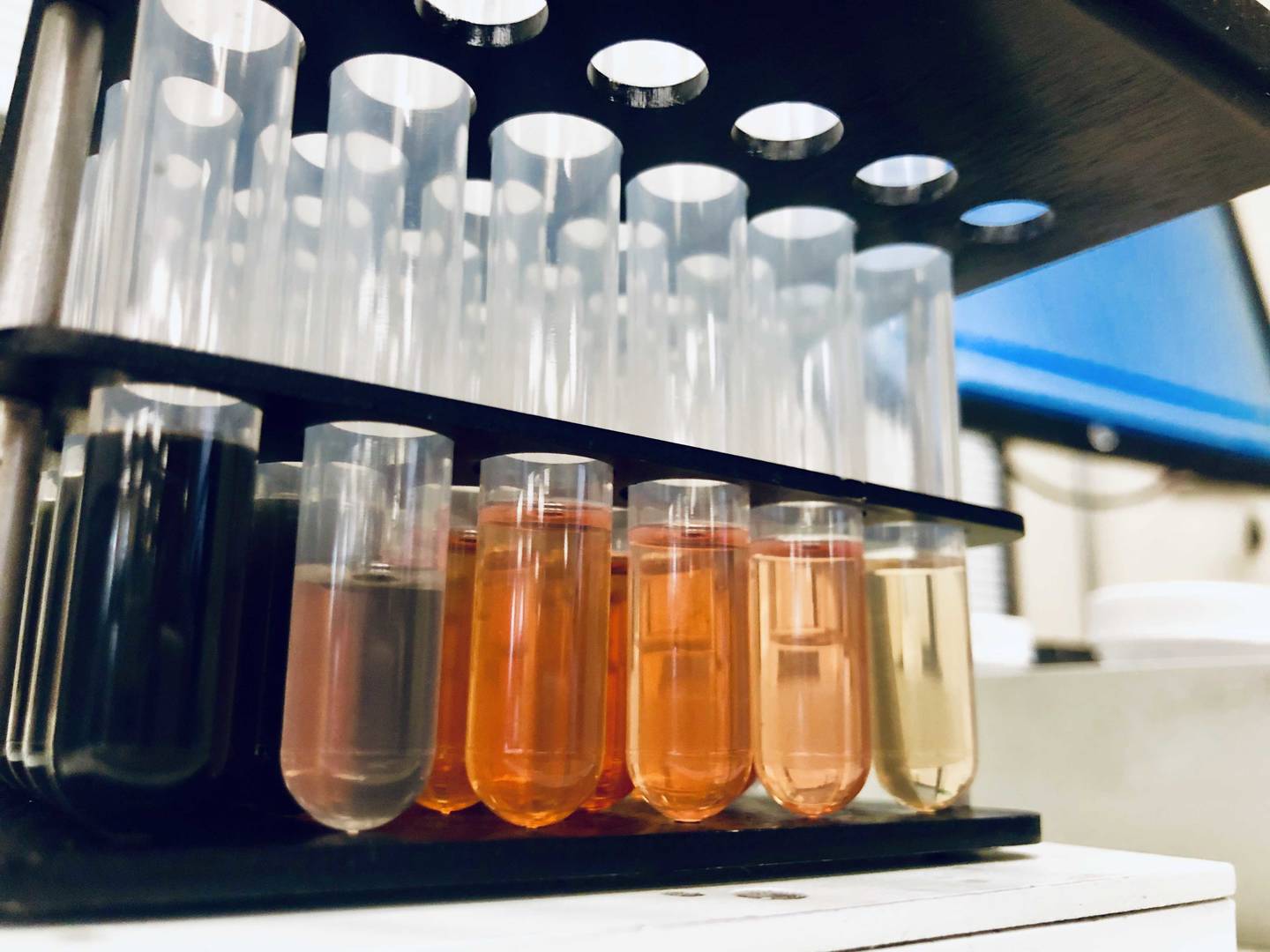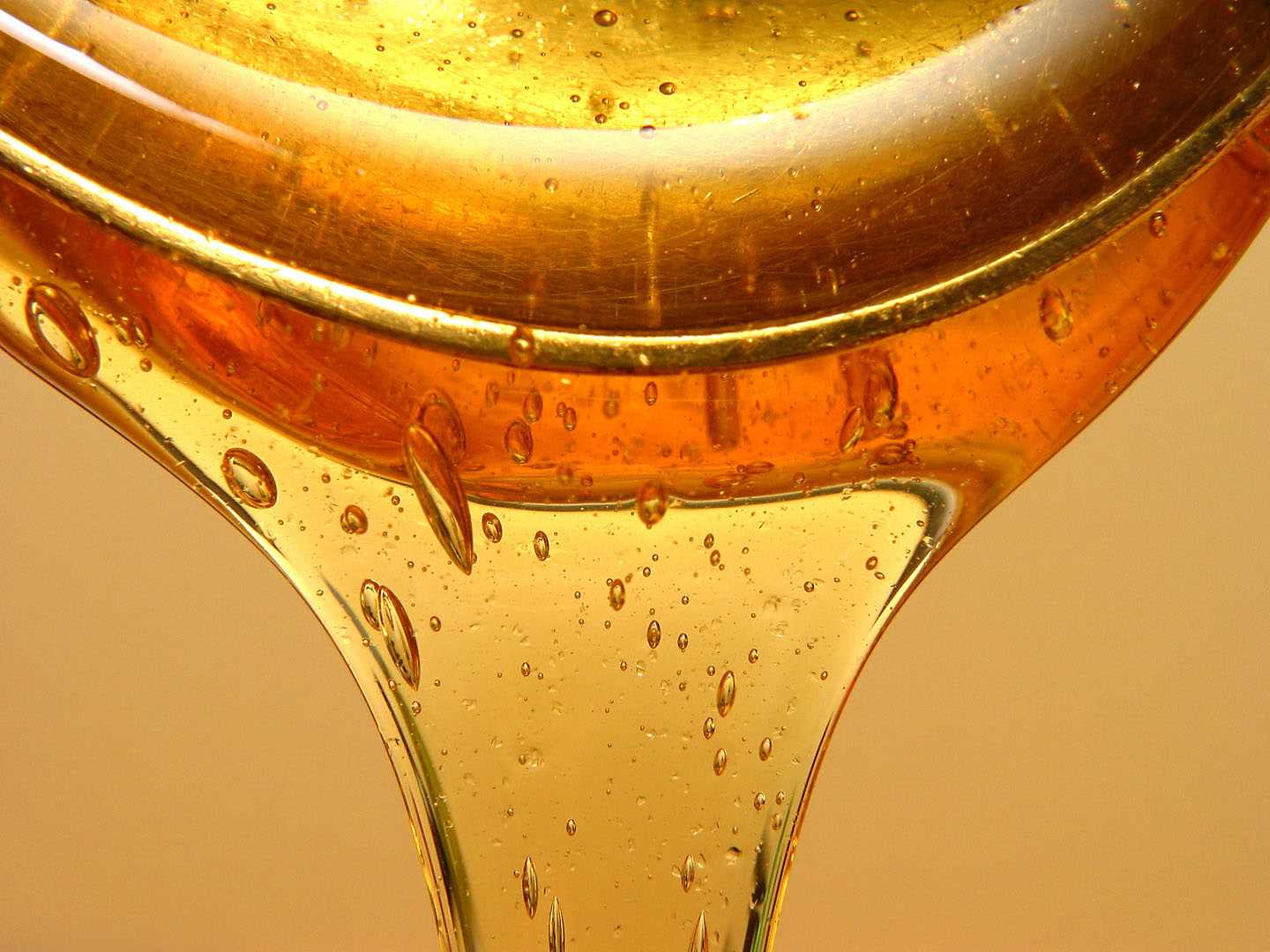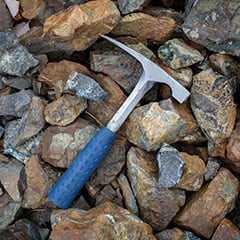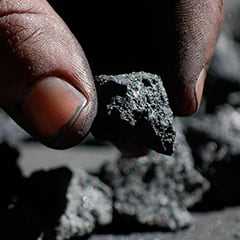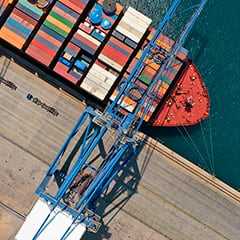Equipment Selection for Oil and Coolant Trending Analysis
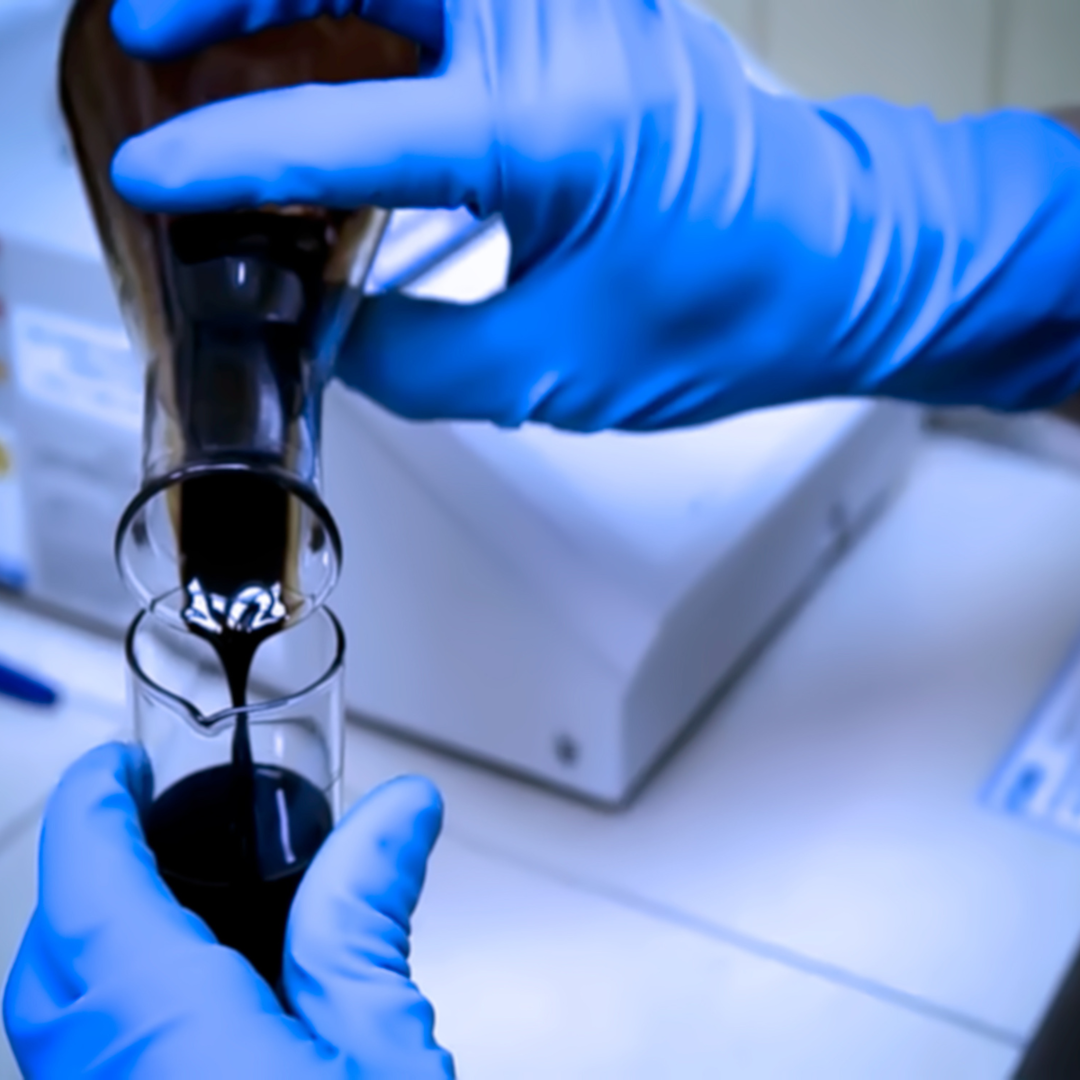
Equipment is a critical component to any business operation. Consider these five variables when selecting candidates for an analysis program.
When getting started with implementing analysis of in-service lubricants and coolants, equipment owner/ operators and maintenance personnel often wonder which of their equipment would be relevant to the benefits of trending analysis. The short answer is: any time there is a substantial capital investment in equipment or if the equipment is a critical component to the business operation. When selecting candidates for an analysis program, here are a few options to consider:
Do not take on too much at once
When getting started, focus on equipment of particular interest, and avoid thinking that every piece of machinery must be brought on board at the same time. This will provide you with an opportunity to fine tune internal processes for submitting samples to the laboratory, verify that the selected test package is applicable, and ensure a process for following up on test reports and data is provided. Sometimes it makes sense to focus on the more problematic areas initially and build the program from there.
Equipment age
Machinery that is new or quite old usually needs more frequent sampling and may experience more frequent service issues than established equipment that is not undergoing extended service life.
Work environment
Machines exposed to more severe environmental conditions, such as dirt, moisture, temperature extremes, and harsher duty cycles are candidates for close monitoring of in-service lubricants and coolants through trending analysis. This is also a factor in sampling frequencies.
Penalty of failure
Assess the penalty of failure to the operation if a particular piece of equipment goes down. How much capital is invested in the equipment? What is the cost to the over-all operation if machinery is not operating? How much will your bottom line be affected due to unplanned downtime, as opposed to scheduled downtime?
Sump size is not the total picture
It is commonly thought that with a small sump size, it’s easier to just change the oil than worry about taking a sample. “After all, oil is cheap”, and by the time the trouble is taken just to get a sample, the oil may as well have been changed anyway. What should be considered in these circumstances is that oil analysis looks at two facets: both the condition of the equipment and the condition of the lubricant in service.
Analysis can reveal what the sample can tell us about the condition of the equipment. Is the machinery critical to the overall operation? If so, wear patterns should be monitored. Are there contaminants that contribute to undue wear such as dirt and water? Is the equipment running under excessive heat that contributes to severe service duty and can compromise the integrity of the lubricant? When starting up an analysis program for equipment lubricants and coolants, we are available to assist in equipment selection and the appropriate test packages. We can work with both your lubricant supplier and maintenance staff.
If you require any assistance with instructions on taking your sample or understanding the analysis report that you receive from ALS, please contact us via email: reliability@alsglobal.com.


